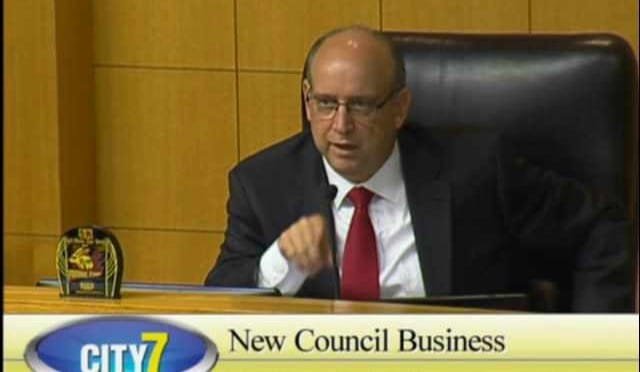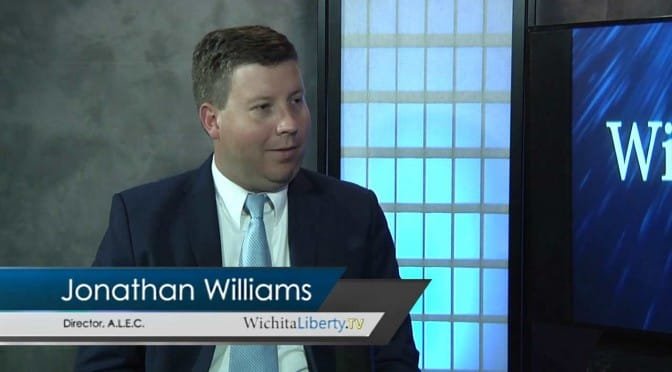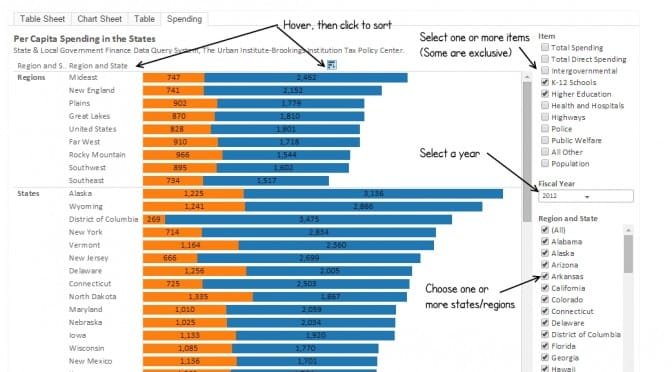When considering whether to grant three property tax abatements, the Wichita city council is unlikely to ask this question: Why can’t these companies expand if they have to pay the same taxes everyone else pays?
This week the Wichita City Council will consider property tax abatements for three different companies.
 One is a new request for property tax relief under the city’s Economic Development Tax Exemption (EDX) program. The company is a supplier to the aerospace industry.
One is a new request for property tax relief under the city’s Economic Development Tax Exemption (EDX) program. The company is a supplier to the aerospace industry.
The second is a request for a five-year extension of a five-year property tax abatement. The company met the goals established five years ago. This company is a supplier to the aerospace industry.
The third is another request for a five-year extension of a five-year property tax abatement. The company met the goals established five years ago. This company is a supplier to the oil and gas industry.
To justify the cost of the tax abatements, the city presents benefit-cost ratio calculations. The city requires that the ratio be at least 1.3 to one, although there are exceptions. In each of these three cases the benefit-cost ratio for the school district is less than 1.3 to one. The city, in other words, is forcing school districts to accept investments that the city itself would not make, unless it invoked an exception. The school districts have no ability to limit their participation in these tax abatements other than lobbying the city.
For all the information provided in city documents, some important questions remain unanswered. Perhaps the most important question is this: Are these tax abatements necessary for these companies to carry out their expansion plans? City documents are silent on this question.
Was it a question of feasibility? Some economic development programs require that the applicant demonstrate the necessity of an incentive. Often the city presents a “gap” analysis that purportedly shows a gap between available financing and what is necessary to make the project feasible. But these arguments were not advanced. If they had — that is, if the companies say that if they have to pay property taxes then they can’t afford to expand — then we would be stuck with this question: Why are Wichita industrial property taxes so high that investments like this are not feasible?
The city presents a benefit-cost ratio showing that by giving up some property taxes, it gains even more tax revenue from other sources. But a positive benefit-cost ratio is not remarkable. Economic activity generally spawns more economic activity, which government then taxes. The question is: Did the city, county, school district, and state need to give up tax revenue in order to make this investment possible? (That’s right. The action by the city affected three other jurisdictions.)
Part of the cost of these companies’ investment, along with the accompanying risk, is spread to a class of business firms that can’t afford additional cost and risk. These are young startup firms, the entrepreneurial firms that we need to nurture in order to have real and sustainable economic growth and jobs. But we can’t identify which firms will be successful. So we need an economic development strategy that creates an environment where these young entrepreneurial firms have the greatest chance to survive. The action the Wichita city council took this week works against entrepreneurial firms. (See Kansas economic growth policy should embrace dynamism and How to grow the Kansas economy.)
The problem with these actions
A major reason why these tax abatements are harmful to the Wichita economy is its strangling effect on entrepreneurship and young companies. As these companies and others escape paying taxes, others have to pay. This increases the burden of the cost of government on everyone else — in particular on the companies we need to nurture.
There’s plenty of evidence that entrepreneurship, in particular young business firms, are the key to economic growth. But Wichita’s economic development policies, as evidenced by this action, are definitely stacked against the entrepreneur. As Wichita props up its established industries, it makes it more difficult for young firms to thrive. Wichita relies on targeted investment in our future. Our elected officials and bureaucrats believe they have the ability to select which companies are worthy of public investment, and which are not. It’s a form of centralized planning by the state that shapes the future direction of the Wichita economy.
These targeted economic development efforts fail for several reasons. First is the knowledge problem, in that government simply does not know which companies are worthy of public investment. This lack of knowledge, however, does not stop governments from creating policies for the awarding of incentives. This “active investor” approach to economic development is what has led to companies receiving grants or escaping hundreds of millions in taxes — taxes that others have to pay. That has a harmful effect on other business, both existing and those that wish to form. Young entrepreneurial companies are particularly vulnerable.
 Professor Art Hall of the Center for Applied Economics at the Kansas University School of Business is critical of this approach to economic development. In his paper Embracing Dynamism: The Next Phase in Kansas Economic Development Policy, Hall quotes Alan Peters and Peter Fisher: “The most fundamental problem is that many public officials appear to believe that they can influence the course of their state and local economies through incentives and subsidies to a degree far beyond anything supported by even the most optimistic evidence. We need to begin by lowering expectations about their ability to micro-manage economic growth and making the case for a more sensible view of the role of government — providing foundations for growth through sound fiscal practices, quality public infrastructure, and good education systems — and then letting the economy take care of itself.”
Professor Art Hall of the Center for Applied Economics at the Kansas University School of Business is critical of this approach to economic development. In his paper Embracing Dynamism: The Next Phase in Kansas Economic Development Policy, Hall quotes Alan Peters and Peter Fisher: “The most fundamental problem is that many public officials appear to believe that they can influence the course of their state and local economies through incentives and subsidies to a degree far beyond anything supported by even the most optimistic evidence. We need to begin by lowering expectations about their ability to micro-manage economic growth and making the case for a more sensible view of the role of government — providing foundations for growth through sound fiscal practices, quality public infrastructure, and good education systems — and then letting the economy take care of itself.”
In the same paper, Hall writes this regarding “benchmarking” — the bidding wars for large employers: “Kansas can break out of the benchmarking race by developing a strategy built on embracing dynamism. Such a strategy, far from losing opportunity, can distinguish itself by building unique capabilities that create a different mix of value that can enhance the probability of long-term economic success through enhanced opportunity. Embracing dynamism can change how Kansas plays the game.”
In making his argument, Hall cites research on the futility of chasing large employers as an economic development strategy: “Large-employer businesses have no measurable net economic effect on local economies when properly measured. To quote from the most comprehensive study: ‘The primary finding is that the location of a large firm has no measurable net economic effect on local economies when the entire dynamic of location effects is taken into account. Thus, the siting of large firms that are the target of aggressive recruitment efforts fails to create positive private sector gains and likely does not generate significant public revenue gains either.’”
(For a summary of the peer-reviewed academic research that examines the local impact of targeted tax incentives from an empirical point of view, see Research on economic development incentives. A sample finding is “General fiscal policy found to be mildly effective, while targeted incentives reduced economic performance (as measured by per capita income).”)
There is also substantial research that is it young firms — distinguished from small business in general — that are the engine of economic growth for the future. We can’t detect which of the young firms will blossom into major success — or even small-scale successes. The only way to nurture them is through economic policies that all companies can benefit from. Reducing tax rates for everyone is an example of such a policy. Abating taxes for specific companies through programs like the Wichita city council used this week is an example of precisely the wrong policy.
In explaining the importance of dynamism, Hall wrote: “Generally speaking, dynamism represents persistent, annual change in about one-third of Kansas jobs. Job creation may be a key goal of economic development policy but job creation is a residual economic outcome of business dynamism. The policy challenge centers on promoting dynamism by establishing a business environment that induces business birth and expansion without bias related to the size or type of business.”
We need to move away from economic development based on this active investor approach, especially the policies that prop up our established companies to the detriment of dynamism. We need to advocate for policies — at Wichita City Hall, at the Sedgwick County Commission, and at the Kansas Statehouse — that lead to sustainable economic development. We need political leaders who have the wisdom to realize this, and the courage to act appropriately. Which is to say, to not act in most circumstances.
 It’s not like the Wichita City Council is overburdened with citizens wanting to speak at public hearings. Sure, once in a while when the council is considering something really important like renaming the airport, many will want to speak.
It’s not like the Wichita City Council is overburdened with citizens wanting to speak at public hearings. Sure, once in a while when the council is considering something really important like renaming the airport, many will want to speak.


 One is a new request for property tax relief under the city’s Economic Development Tax Exemption (EDX) program. The company is a supplier to the aerospace industry.
One is a new request for property tax relief under the city’s Economic Development Tax Exemption (EDX) program. The company is a supplier to the aerospace industry.






















